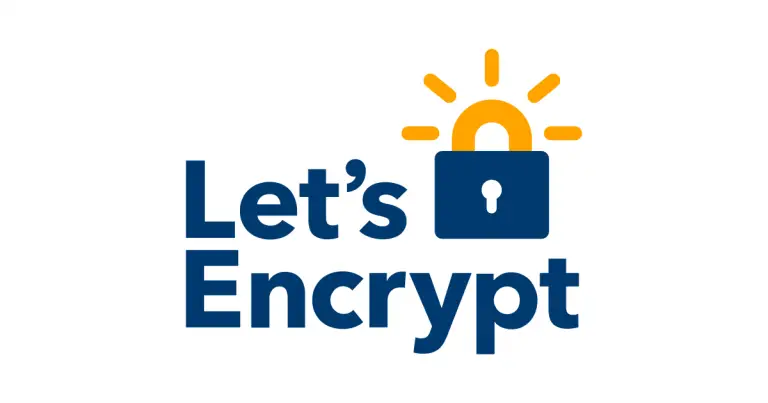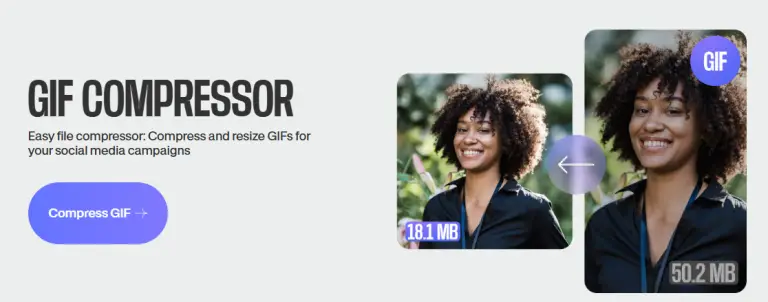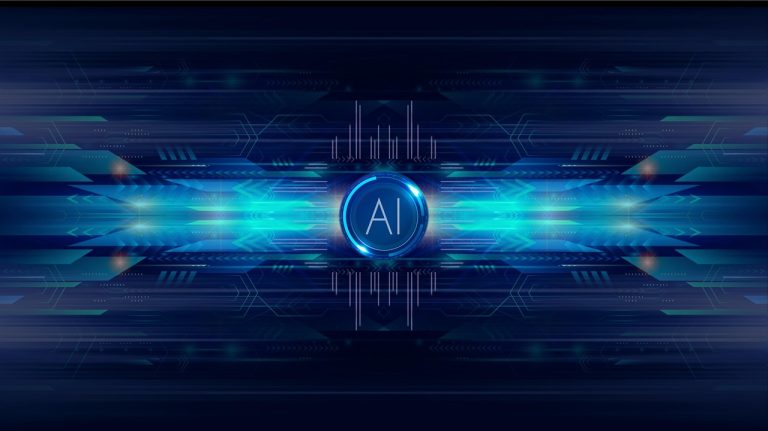
At the BUILD 2025 conference, Microsoft announced the integration of post-quantum cryptography (PQC) into Windows Insider preview builds (starting with version 27852) and into the SymCrypt-OpenSSL library version 1.9.0 and above. The objective is to enable users to test quantum-resistant algorithms within their own infrastructures ahead of the widespread advent of quantum computing.
Specifically, Microsoft has introduced two algorithms—ML-KEM (a lattice-based key encapsulation mechanism) and ML-DSA (a digital signature algorithm)—into the Cryptography API: Next Generation (CNG) libraries, as well as into certificate functions and message cryptographic processing features. These algorithms are now available to participants in the Windows Insider program.
Support has also been extended to Linux users via the SymCrypt-OpenSSL (SCOSSL) library, which provides an OpenSSL-compatible interface for Microsoft’s cryptographic algorithms. ML-KEM and ML-DSA are among the first algorithms approved by the U.S. National Institute of Standards and Technology (NIST) as resistant to quantum attacks.
Microsoft emphasizes that the early adoption of PQC is aimed at mitigating the risks posed by the “harvest now, decrypt later” strategy—a method that involves intercepting data encrypted using classical techniques with the intent of decrypting it in the future using quantum computing capabilities.
These post-quantum algorithms were initially added to the SymCrypt library in December 2024. They are now available for broader use across a wide array of systems and applications, including both Windows and Linux via the SCOSSL OpenSSL interface.


